Back to the Future: How the push to reduce packaging waste is driving a return to refilling and reuse options
The practice of refilling and reusing containers has been around for a long time, but it is gaining popularity among a new generation as an effective way to reduce packaging waste. The challenge now is to make it more than just a passing trend.
You probably didn't do it for nostalgia reasons, but if you've ever bought a jug of hand soap and used it to refill various dispensers around your house, consider yourself retro. You're helping bring back a trend older than disco dancing, go-go boots or drive-in movies—refilling and container reuse.
Refillable water bottles, lunch boxes, travel mugs and cloth shopping bags show that the reuse mindset has always existed. So why is the concept of refilling and reuse coming back into the mainstream conversation now? In a nutshell, it's about reducing the demand for new plastic containers and the amount of plastic waste filtering into our neighborhoods, parks and waterways.
According to the World Economic Forum, half of global plastic production is for single-use. Reusing just 10% of plastic products, however, would reduce the amount of plastic waste reaching the ocean by 50%. Additionally, an Ellen MacArthur Foundation study noted that the widespread adoption of returning and reusing plastic packaging could help to cut greenhouse gas emissions by up to 69%. So even though recycling remains an integral part of the circularity equation, the shift from handling plastic waste to never creating it in the first place makes scaling refill and reuse options significant.
Achieving those types of outcomes is what is spurring governments and businesses into action. France is requiring retailers to devote 20% of shelf space to food refill options by 2030. Starbucks is experimenting with reusable programs, including allowing customers to use their own cups or order drinks in designated reusable cups that can be returned, cleaned and reused by other customers. In Ottawa, Ontario, retailers and food service businesses are launching a pilot program to sell food in reusable containers sourced from a shared pool, which customers can return through drop-off locations and other options.
It's a shift that consumers are increasingly open to: A Kearny Earth Day survey found that nearly 60% of respondents planned to reduce their use of single-use plastics by opting for reusable shopping bags, travel mugs or water bottles for on-the-go drinks. Almost a third of respondents indicated they planned on using delivery services that offer reusable containers. When it comes to refilling, a separate report noted that 74% of Americans are interested in buying products in refillable packaging.
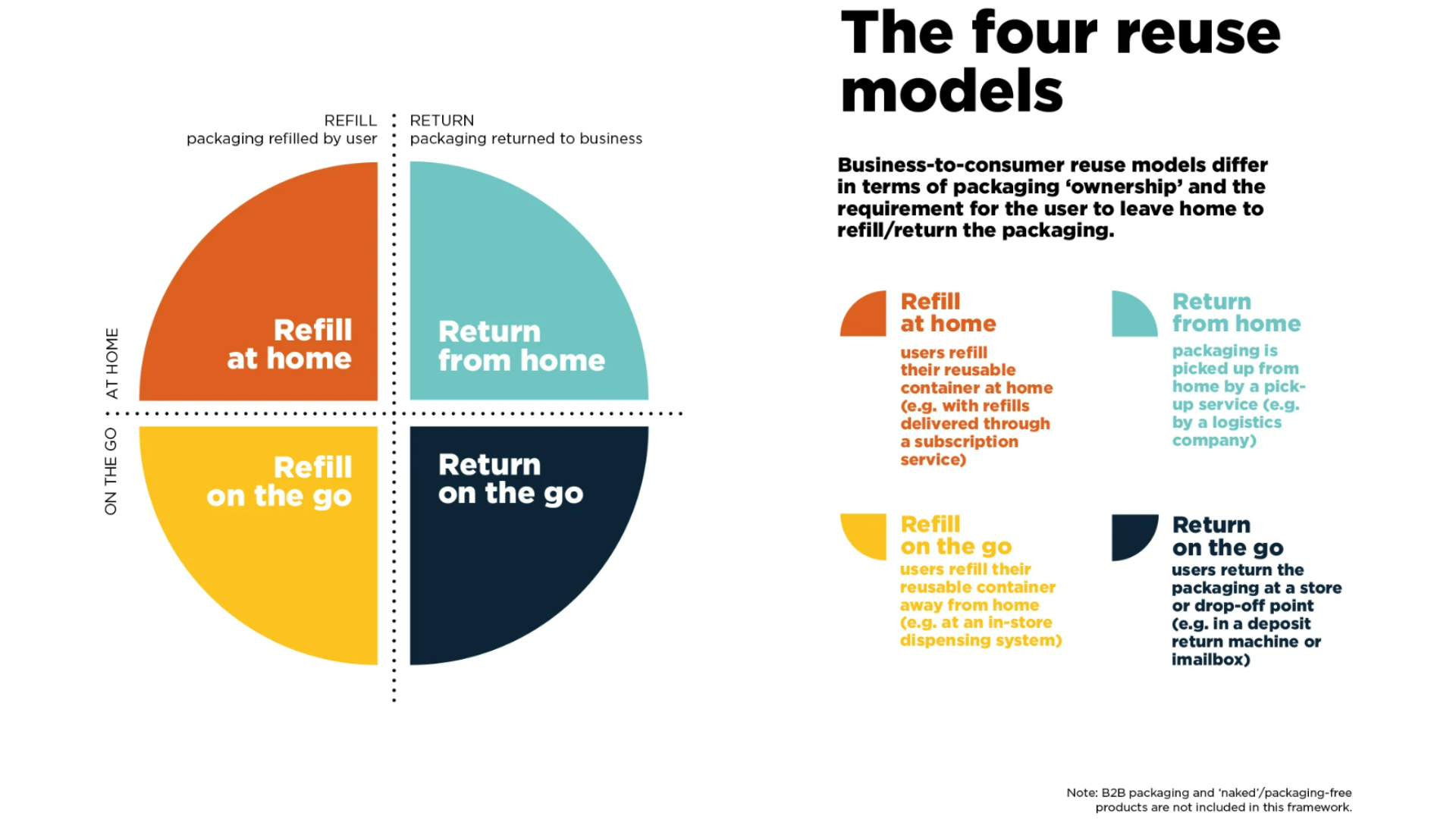
So how are companies like SC Johnson working to unlock the significant plastic waste reduction potential of refill and reuse options? Most efforts are centered around four approaches: Refill at Home, Refill on the Go, Return to Store and Return from Home.
Unlocking the Potential of Refill and Reuse
One of the most common options today, Refill at Home, involves refilling a container you already have at home (for example, shampoo or surface and glass cleaning bottles). This typically involves purchasing bulk ready-to-use products in pouches or easier-to-recycle large-volume durable containers to replenish the original bottles or concentrated refills that must be mixed with water before use.
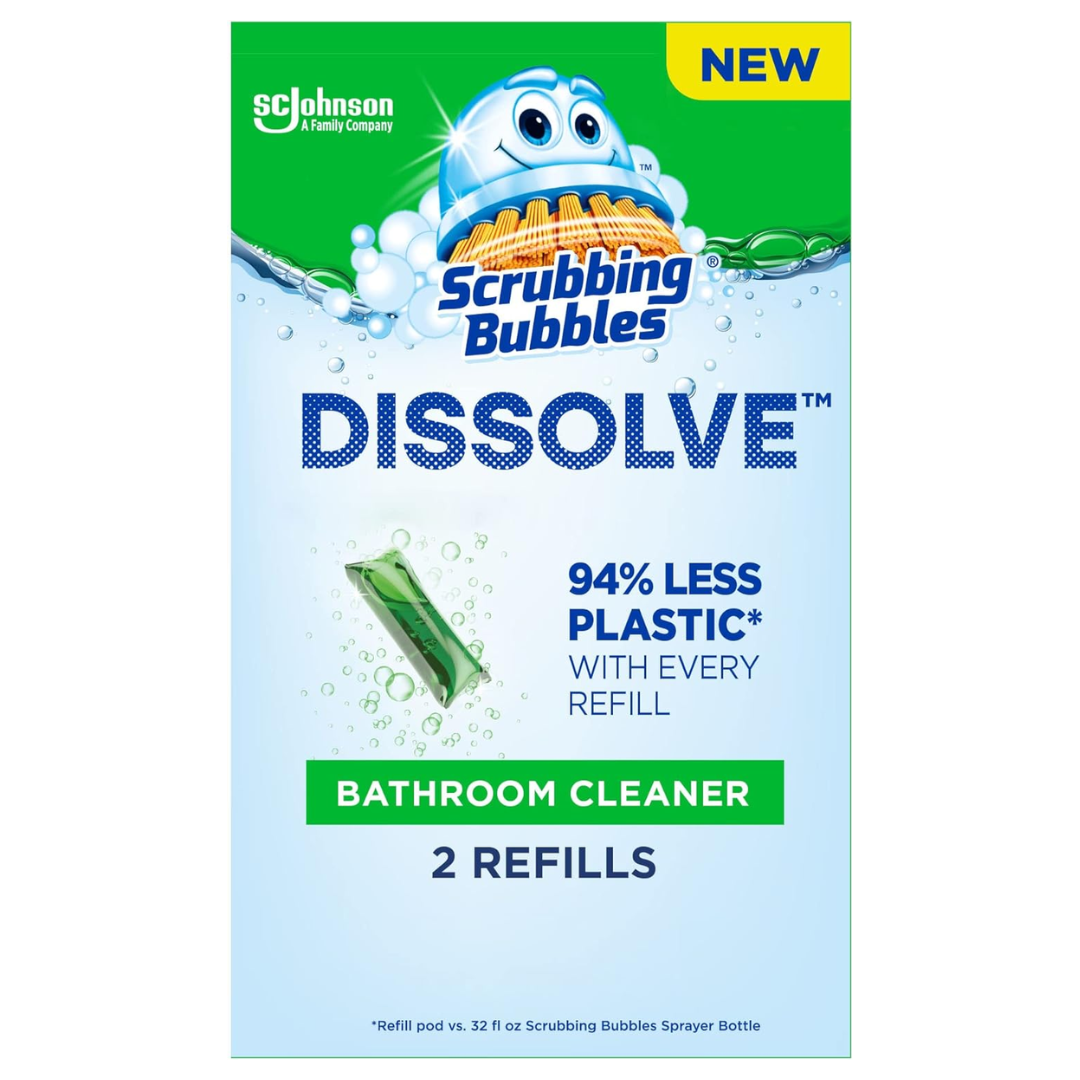
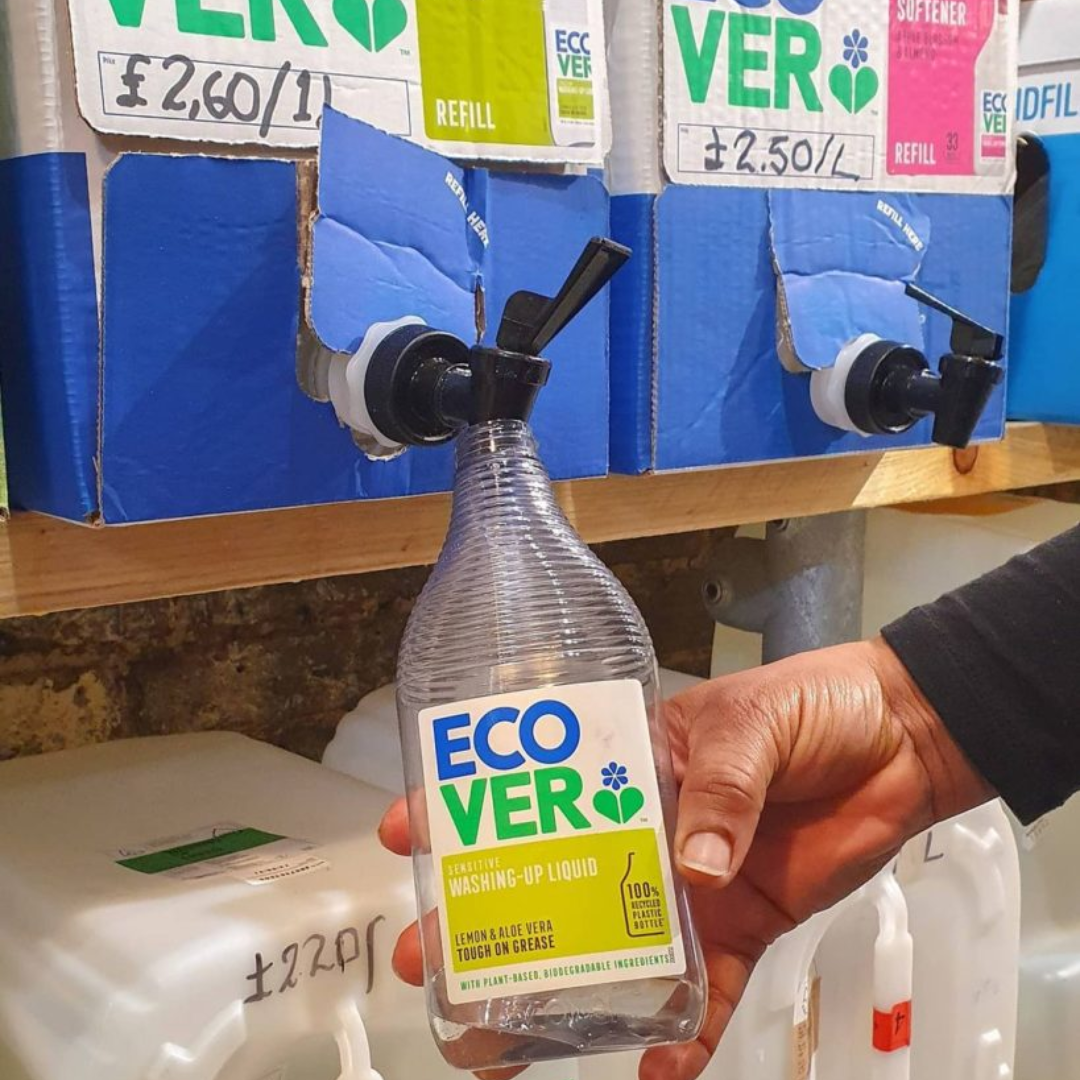
That reusability is key, as research shows that the typical household tosses out about seven plastic bottles weekly, and 52% of people feel guilty about using so many single-use plastic bottles. Nearly two-thirds of people also said having more refill stations in regular supermarkets would make them more inclined to reuse bottles. Currently, there are more than 700 Ecover refill stations across the UK.
A third approach is the "Return to Store," where consumers bring back their packaging to designated drop-off points or stores after they've used the products. This involves containers specifically designed to be returned to the retailer or manufacturer for cleaning, refilling and reuse. This concept has been in practice for decades. For example, throughout much of the 20th century, soda and beer companies implemented deposit-return systems to ensure the return of their valuable glass bottles for washing and refilling.
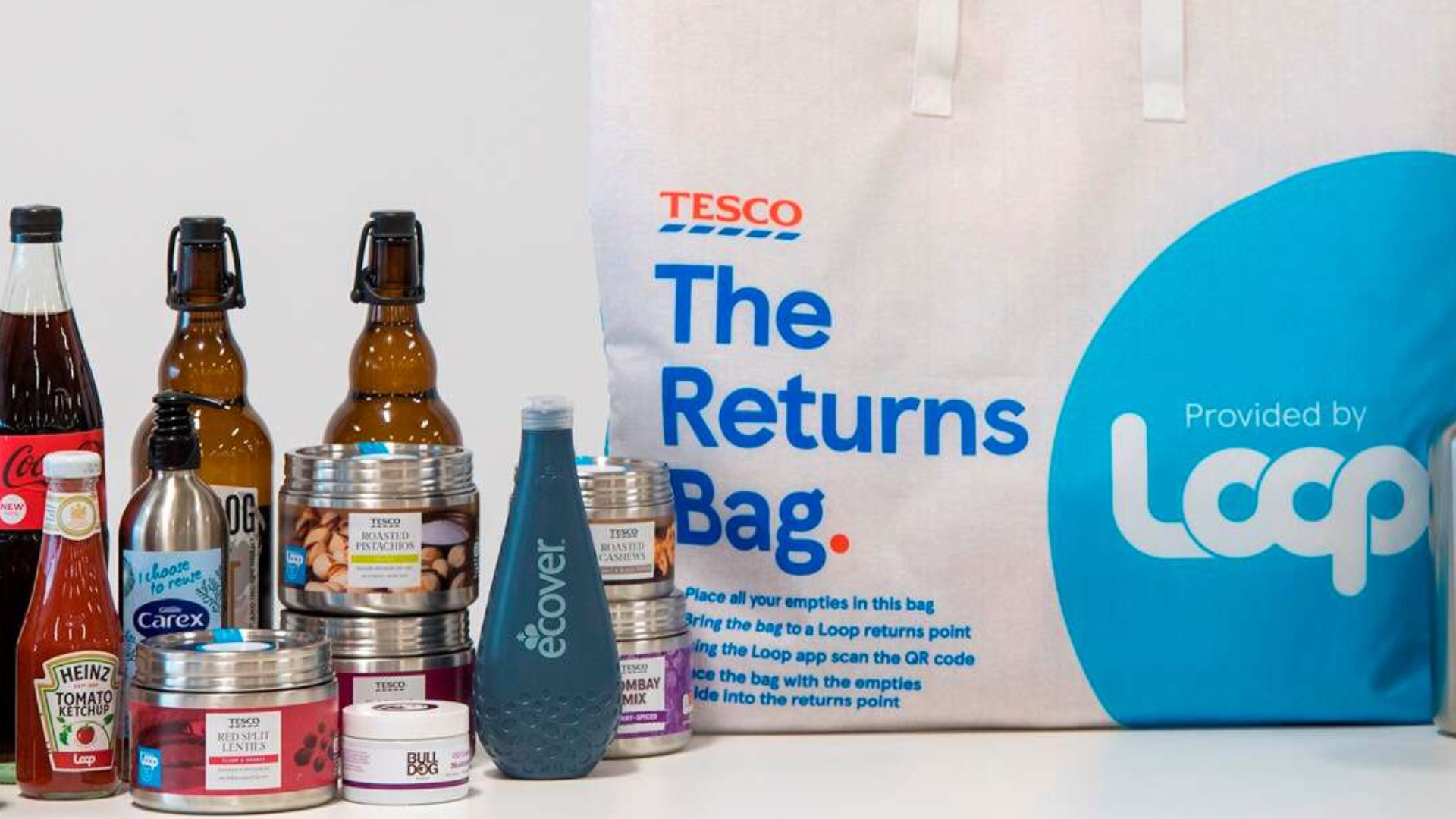
Lastly, Return from Home is an option rooted in one of the oldest refill and reuse concepts that is still in use today. The most recognizable example is the old-fashioned milkman delivery program, where milk and other dairy products are brought to a house, and the empty glass bottles are left out to be collected, cleaned and refilled for the next customer.
One sector where the Return from Home model is gaining traction is the beauty industry, where 120 billion cosmetic packages are produced annually, but only a tiny portion of them are recycled due to factors like their size, flexibility or complex material composition. A growing number of skincare brands are now operating packaging return programs where once a customer makes a purchase, they receive an email with instructions on how to return their empty packaging, along with a prepaid shipping label. Once returned, the containers are cleaned, refilled and sent back to the customer, keeping the packaging in use.
However, while these solutions hold promise for reducing packaging waste, and consumers express their desire for them, the transition to refill and reuse has been slow to catch on and scale. Results from the many pilot programs and trials in recent years have been mixed. Why is that the case?
Inevitably, the most fundamental forces driving the gap between action and intent are a mix of convenience culture, cost and complexity.
Challenges to Scaling Reuse and Refill Options
There has long been a gap between consumer intent and action when it comes to more sustainable products and packaging options. Consumers are paying more attention to the environmental impact of their consumption, but this awareness only sometimes leads to behavior change. In one 2023 study, although 85% of people said they wanted to buy products in reusable packaging, only 16% of people actually engaged with reusable packaging systems. In another, two in five UK and US consumers acknowledged recognizing the importance of being environmentally friendly but found it hard to incorporate it into their daily routine.
The irony is that since its inception, plastic has been associated with convenience, and its inexpensive cost is a primary driver for the single-use culture of "Why reuse when you can replace?" That has made some people perceive adapting to reuse and refill as inconvenient. Refilling takes time and effort, and self-refilling, like "bring your own container," has its challenges: 44% cited difficulty in remembering to bring reusable packaging and 39% worry about the hassle of returning, cleaning or storing it.
There are also in-store hurdles, where changes to support refilling and reuse are more complex than simply altering product displays on shelves. Since refill and reuse options typically occupy a small portion of store space next to traditional single-use packaging, they are often only offered for a limited product range, increasing uncertainty and reducing shoppers' choices. In-store refill stations usually need their own unique space – a challenge in tightly planned store layouts – and must be regularly filled and cleaned, which can be labor-intensive.
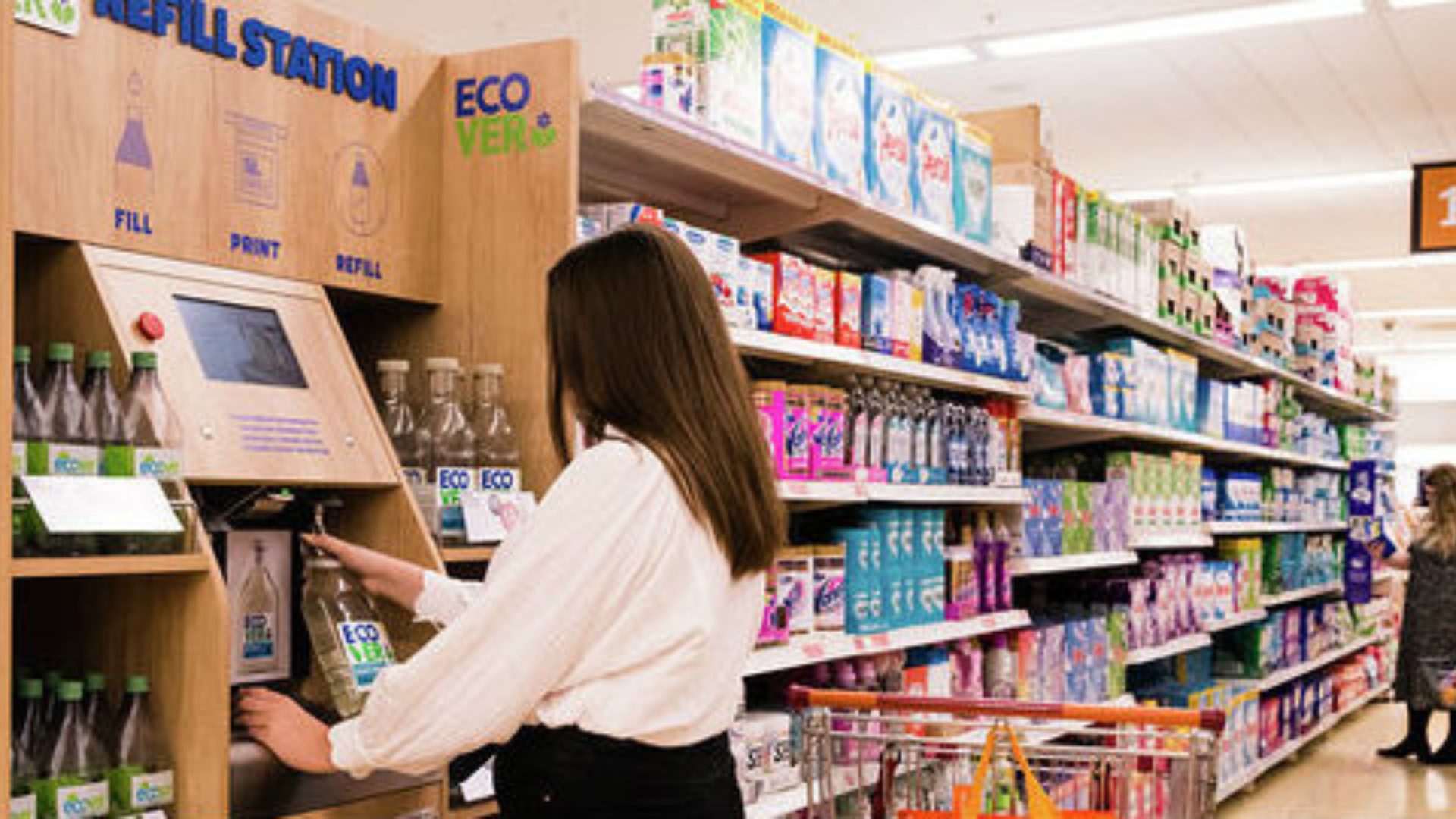
Overcoming these challenges, like addressing the plastic waste crisis itself, will require systemic changes beyond any single solution or company's efforts. Collaboration from all stakeholders—consumers, businesses and government—and a focus on encouraging new habits are key.
Building the new refill and reuse culture
Building any new habit starts with acknowledging and accepting that it will require extra effort and stepping out of your comfort zone. For refill and reuse options, this means shifting our mindset to prioritize long-term benefits over short-term convenience.
A vital step to help consumers in this effort is clear and relatable information on the benefits of refilling compared to single-use packaging. Some need help grasping the impact of refilling and how it fits into their own sustainability efforts. Many consumers also express confusion and hesitation during pilot programs and trials, worrying about making mistakes and feeling embarrassed. Overcoming these educational and social barriers is fundamental to long-term adoption.
Additionally, manufacturers and retailers must help consumers break old habits and create new shopping behaviors. In general, single-use packaging is now the norm in retail, making it challenging for consumers to change. Retailers can help by making reusable packaging options more visible and accessible in stores or providing people with prompts and reminders through digital channels.
Finally, governments must align policy with efforts to incentivize the growth of the reuse model. Global reuse standards are essential, as their absence inhibits investment, allows fragmented approaches to persist and prevents businesses from engaging in larger-scale reuse systems. The Global Plastics Treaty, currently under negotiation, presents a pivotal opportunity to set out the foundations of reuse systems and standards.
Elevating refilling and reuse beyond trendy
In the journey to reduce plastic waste, the focus should be finding the best high-impact solutions that fit each individual. Many people perceive adopting sustainable options or eliminating plastic waste as an all-or-nothing lifestyle. However, that’s not the case. There’s no one-size-fits-all approach to reuse, so what works will look different for everyone.
That’s important to remember because what will truly make refilling and reuse options more than just a fad is consumers integrating it into their daily routines where they can. Ultimately, making a difference isn’t about millions of people trying to achieve zero plastic waste in their lives; it’s about millions of people making small, meaningful changes wherever they can. That the power of collective action – another timeless trend worth rediscovering.